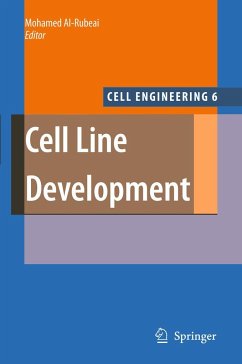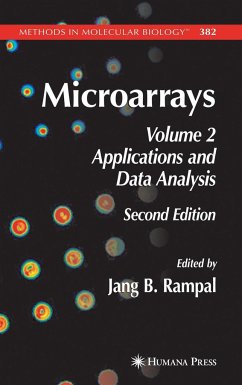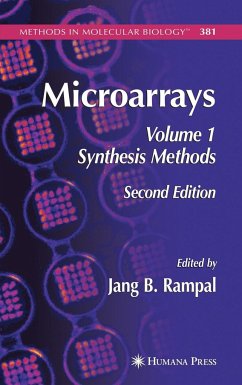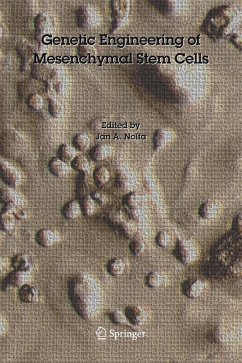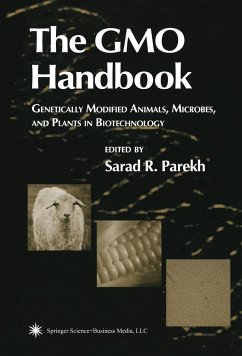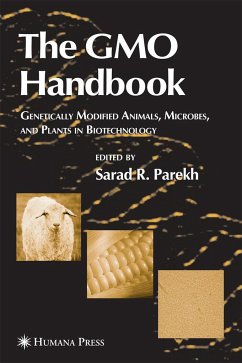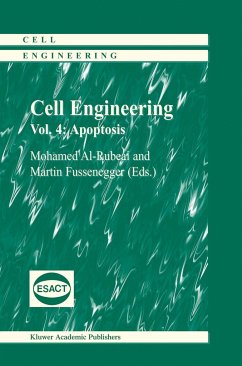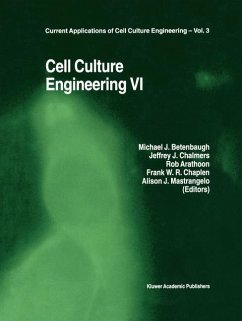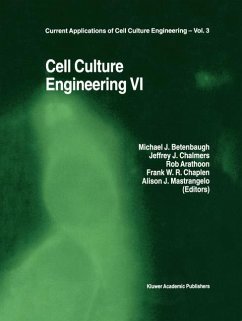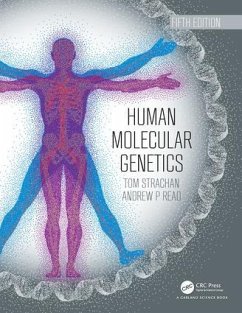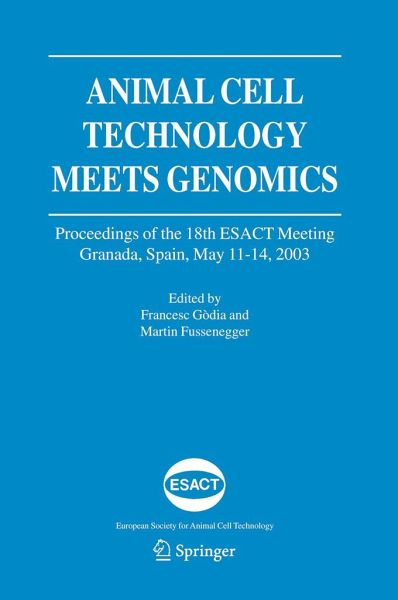
Animal Cell Technology Meets Genomics
Proceedings of the 18th Esact Meeting. Granada, Spain, May 11-14, 2003
Herausgegeben: Gòdia, Francesc; Fussenegger, Martin M.

PAYBACK Punkte
279 °P sammeln!
The 18th ESACT meeting was celebrated in Granada (Spain) in May 2003, and was entitled "Animal Cell Technology Meets Genomics", in order to reflect that the emerging technologies in the area of genomics, proteomics and other "-omics"-type disciplines will provide key technological assets to increase knowledge and open new horizons in animal cell technology. During the meeting a variety of top-class emerging technologies were presented together with the lastest advances in more mature industrial areas. The meeting was opened by a first session devoted to the understanding of basic cellular mech...
The 18th ESACT meeting was celebrated in Granada (Spain) in May 2003, and was entitled "Animal Cell Technology Meets Genomics", in order to reflect that the emerging technologies in the area of genomics, proteomics and other "-omics"-type disciplines will provide key technological assets to increase knowledge and open new horizons in animal cell technology. During the meeting a variety of top-class emerging technologies were presented together with the lastest advances in more mature industrial areas. The meeting was opened by a first session devoted to the understanding of basic cellular mechanisms, and four sessions focused on applied aspects of animal cell technology: Cell-based therapies and gene-based therapies, target discovery and biopharmaceuticals. The Granada Meeting has also seen a special focus on forefront industrial case studies. The spirit and scientific excellence of the 18th ESACT meeting is now reflected in different chapters of the book. The book presents, in form of short papers, a high number of the contributions to the meeting, and has been prepared with the aim to provide a relevant reference of the current research efforts in Animal Cell Technology.




